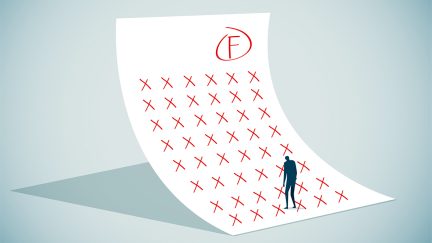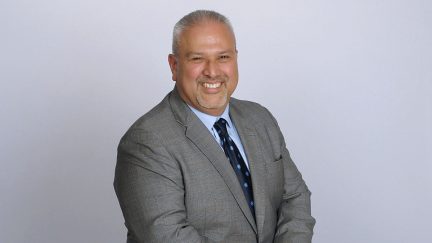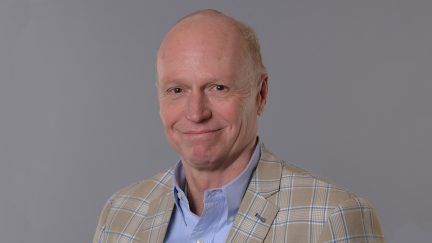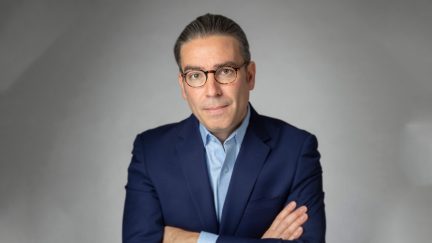Want the latest retirement plan adviser news and insights? Sign up for PLANADVISER newsletters.
Partnering On In-Plan Advice
Recordkeeper Empower and two large RIA advisories discussed why they’re partnering on adviser-managed accounts geared toward plan participants of all asset levels.
As retirement industry players seek ways to further customize 401(k) savings beyond the target date fund, a recordkeeper and two large retirement plan advisories say they view adviser-managed accounts as a promising option.
Representatives from Empower, OneDigital, and Sageview Advisory Group discussed what they see as the benefits and promise of the in-plan investment advice vehicle in a session held at the National Associations of Plan Advisers 401(k) Summit in Nashville on Monday.
Empower noted it started offering managed accounts solutions inside retirement plans via a partnership with Morningstar Inc. back in 2022. Then, about five years ago, it started partnering with registered investment advisories on adviser managed accounts; that offering now has about $28 billion in assets and 19 partner firms, with 5 more expected in 2024.
“Customized outcomes we think are the future—[the question is] how do you get there? And we think that you get there by partnering,” said Joseph Smolen, senior vice president, core and institutional markets for Empower. “The value that we bring comes from our employee communication and education and partnering with OneDigital and SageView and their boots on the ground doing the same.”
OneDigital and SageView, which both have retirement plan advisement and wealth management practices, are using adviser-managed accounts as a way to provide personalized advice for individuals who may not be working with or be able to afford a full-time financial adviser.
The participant connection starts, however, with financial education and communication with participants dealing with problems ranging from simple questions to whether they should up their deferral rates, or more complex issues such as estate planning, said Vince Morris, president, OneDigital Financial Services.
“You’ve got to have some sort of communication and education platform,” Morris said. “We have created digital capabilities that can reach into the plans and connect with individuals.”
Education First
Jon Upham, president, head of institutional retirement at SageView Advisory Group, said his firm has seen increased interest from plan sponsors in recent years in offering a more customized participant offering.
“I think for a lot of years many of us in the adviser space were providing education and trying to work with plan participant at scale,” he said. “But I think all of a sudden the plan sponsor community is really ready to engage with us in this space, and what they always say to us is ‘how are you going to meet the needs of all the people in the plan and how are you going to provide this guidance that everybody is talking about?’”
Upham said that adviser-managed accounts is one method of doing that because it leverages technology to reach more people than they could with individual advisement.
When the audience asked about the additional fees of the AMA on top of 401(k) fees, Empower’s Smolen noted that it depends on the product provider and setup, with partner organizations potentially getting discounts from Empower’s offering as they are helping enroll and educate participants.
Morris said he views the AMA offering as “getting a wealth management service at institutional pricing.” He notes that, when an AMA is done correctly it can adjust to the “actual data points that is within the DNA of the investor.”
Upham added that the setup should come with additional services, such as the ability to speak with a financial coach and “comprehensive solution as opposed to just relying on the technology of the managed account structure” for the added fee.
The group also noted that other customized options are on the table depending on a participants need. Those include offering participants a self-directed brokerage account that they can partner with a financial adviser, as well as technology offered by companies such as Pontera, which connects financial advisers to an investor’s 401(k) assets for management.
Dynamic QDIA
All agreed, however, that their firms will continue to lean into AMAs as a customized option for large groups of participants.
Empower’s Smolen noted that the most popular structure Empower has is the dynamic qualified default investment alternative, in which a plan sponsor chooses an age when their participants are automatically put into an AMA when they are closer to retirement.
Morris said that the retirement industry is working on these personalized options amid one of the “greatest transfers of wealth in history” that will see many people seeking options for management of their 401(k)s and individual retirement accounts. Advisers, he said, are “in the right seat at the right time to help many, many people in different ways.”
Una Morabito, vice president sales and retention, large and NFP & PEO markets at Empower, noted research showing that 87% of retirement providers offer some kind of managed account, and 54% of plan sponsors offer them to their employees.
“It’s here and it’s here to stay,” she said. “This is a place where everybody needs to be comfortable and talking to your providers about how to help those plan sponsors with the customization that they are looking for.”
You Might Also Like:

Warren Says Empower Responses to Questions About 401(k) Private Equity Investments Inadequate

Christian Mango Joins OneDigital from Alera




